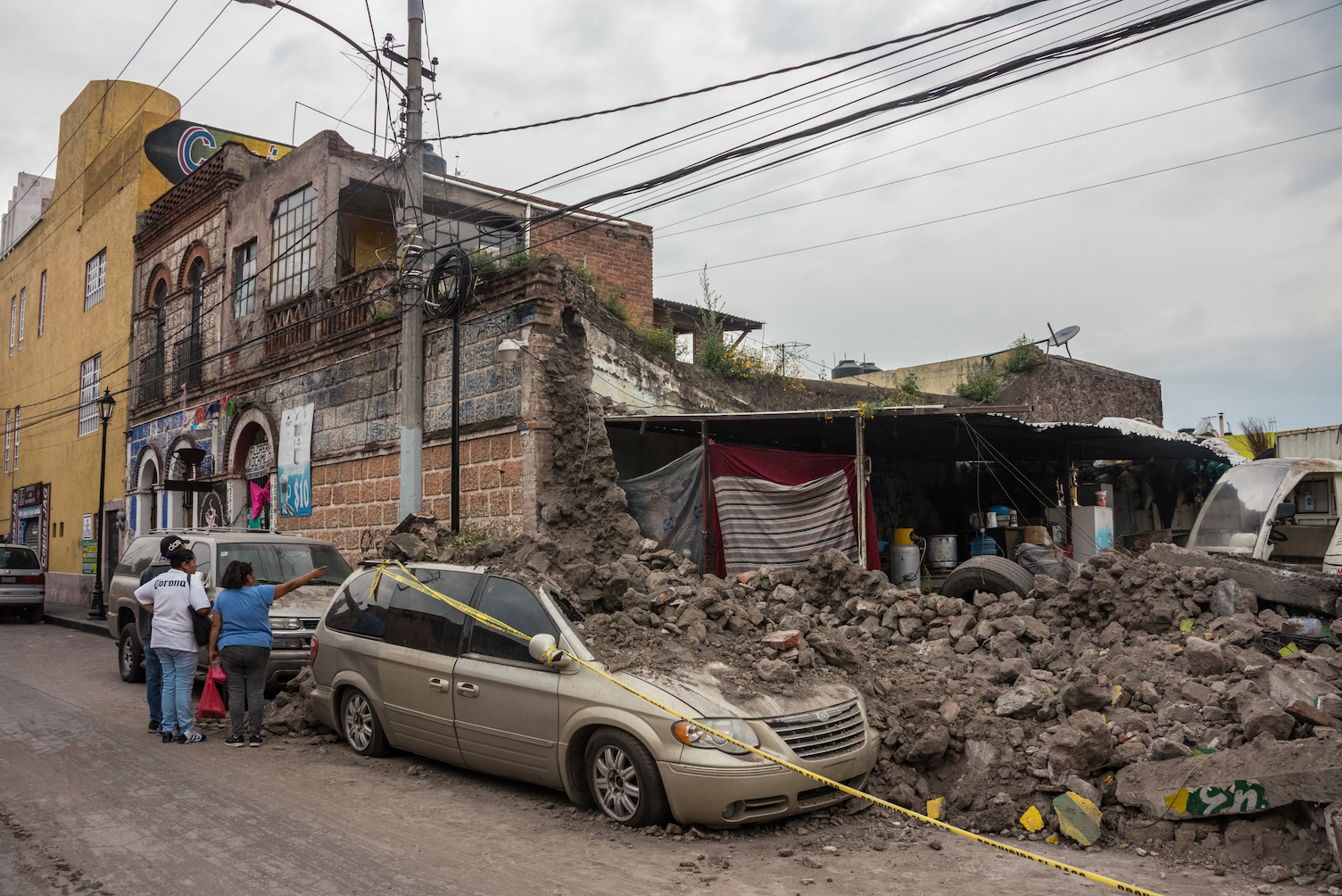
Mexico’s earthquake warning system gave residents advance notice
In September 2017, Mexico experienced two major earthquakes about two weeks and several hundred miles apart. Now, new research has found that Mexico’s early earthquake warning system gave residents almost 2 minutes of advance warning.
On September 7th, an 8.1 magnitude earthquake struck with an epicenter near the states of Chiapas and Oaxaca, with tremors that were felt as far as Mexico City.
A little over a week later on September 20th, Mexico City experienced a 7.1 magnitude quake, and both earthquakes were the result of movement along the Cocos Plate.
The strong earthquakes show how important early warning systems can be to saving lives.
Mexico’s early warning system, SASMEX, gave almost two minutes of warning before the September 7th quake tremors reached Mexico city, according to a report published in the journal Seismological Research Letters.
However, the system only offered a few seconds of warning before the second quake.
The report details how SASMEX consists of a expensive connection of networks along with checks and balances that ensure that warnings can be broadcast, even if one communications system is affected by a quake.
SASMEX also decreases the time needed to receive and broadcast alerts but the system, is by no means perfect.
The early warning system focuses on the subduction zone off the southern coast of Mexico. 97 seismic monitoring stations constantly track the plate movement and send information to data collection centers where SASMEX alerts are received through an insured system of satellite links, internet links, and radio.
According to Gerardo Suárez, the lead author of the Seismological Research Letters paper, researchers at the Centro de Instrumentación y Registro Sísmico are working on a new algorithm that could provide even more warning time by speeding up seismic data processing.
Suárez notes that the new algorithm could have warned Mexico City of the second quake eight to ten seconds earlier, which is still very little time for government agencies to respond, but earlier than the warning SASMEX did give.
For Suárez, the new algorithm could be helpful for early earthquake warning and detection, but he says that caution should be exercised.
“To me, this shows that we should not enamored of the technology and simply install seismic early warning systems without thinking of the social issue,” said Suárez. “Any early warning system should have a clearly thought-out strategy as to who will be warned. After more than 25 years, the Mexican seismic early warning system is still lacking these procedures that I believe should be a governmental responsibility.”
—
By Kay Vandette, Earth.com Staff Writer













